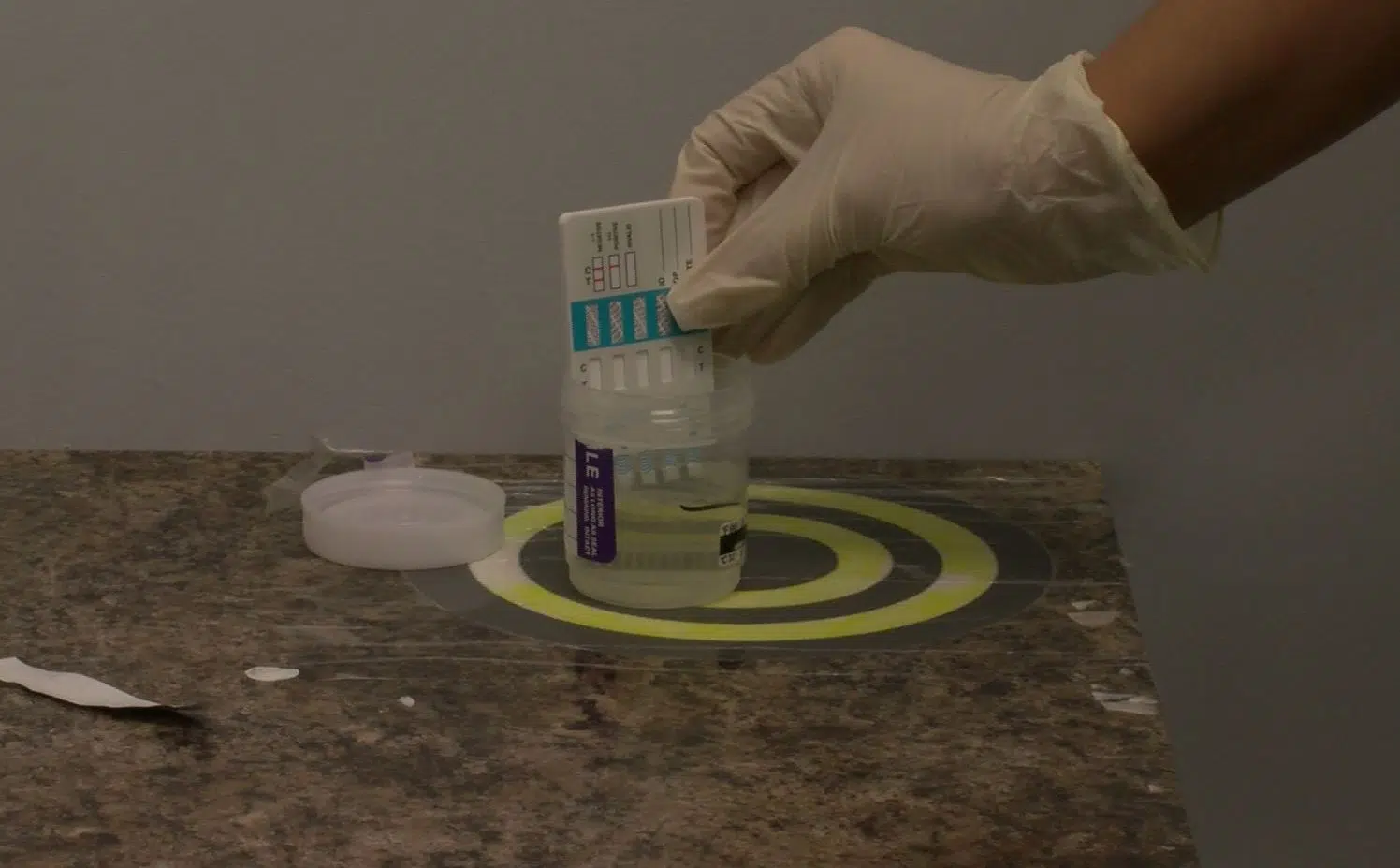
Local drug test detects variety of drugs, but not level of impairment
MEDICINE HAT, AB — With the legalization of marijuana on the minds of many, employers continue to wonder about what it could mean for their workers.
SureHire is an occupational testing facility, helping to make sure employees on job sites are fit for the required work.
“Most of our testing is for safety sensitive work in Alberta and across the prairies,” said Jason Sheehy, director of SureHire. “So the target groups typically are oil and gas, industrial construction, manufacturing, transport so long-haul truck drivers.
